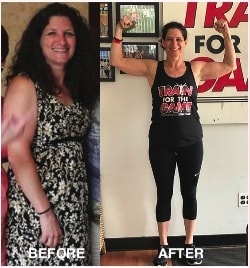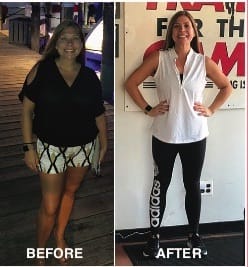The Proper Way to teach Speed And Agility To Young Athletes
In the matter of speed and agility training for kids, they certainly have a lot more going for them than adults. As soon as the nervous system is fully developed, it is in a state where peak performance can be achieved for speed and agility more easily than virtually any other aspect of physiology. Of course, depending on their age, kids cannot handle the same level of physiological load as adults. Even though they have some natural advantages and can often find fun and excitement in developing their speed, courses of training should be adjusted. It is important to “scale down” training so that kids will receive the maximum health and wellness benefit that they can without ....
Read more


